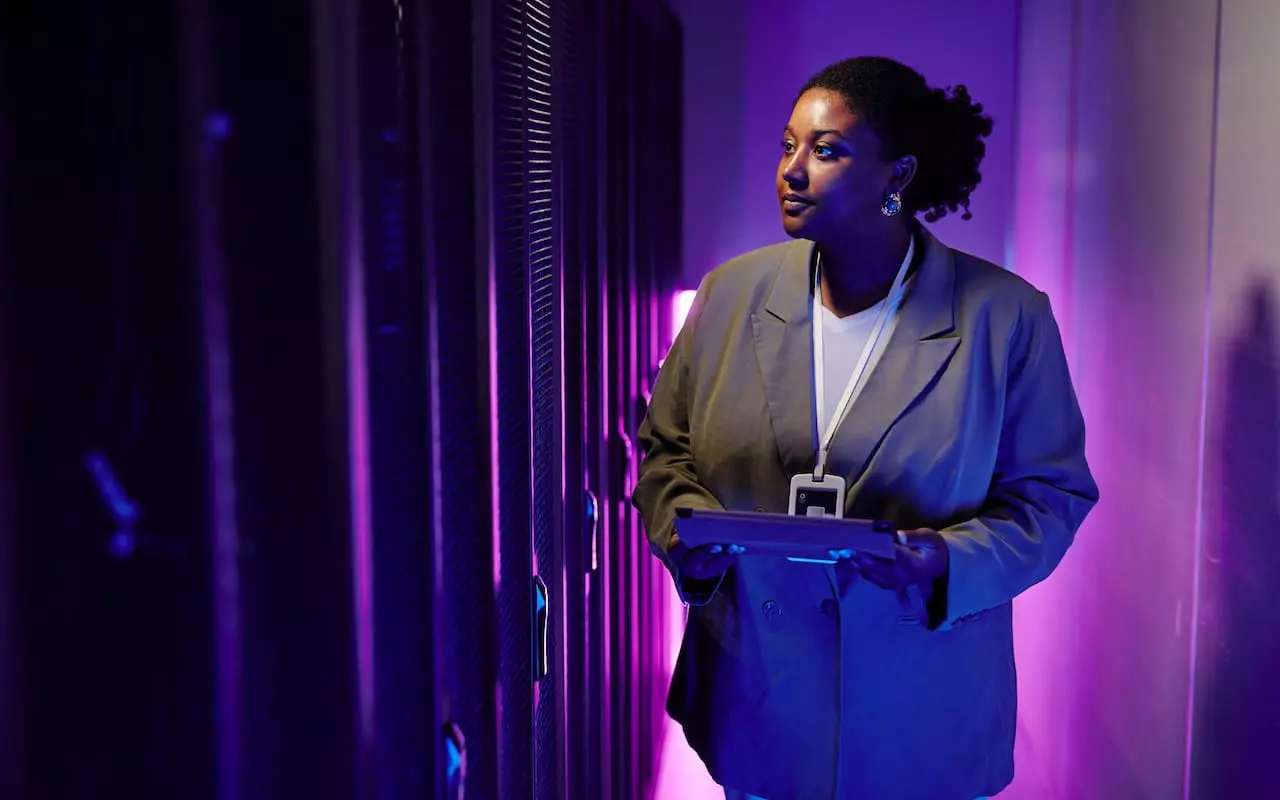Single Post
- Home
- Single Post
The Rise of Deepfake Cybercrime in 2025: How Hackers Use Fake Voices and Videos
- Aug 27, 2025

Deepfake technology started as fun internet filters and entertainment tools. But in 2025, it has become one of the biggest cyber threats. Hackers are using AI-generated fake voices, photos, and videos to trick people, steal money, and spread misinformation.
This new wave of deepfake cybercrime is smarter, harder to detect, and extremely dangerous. Let’s explore how it works and how you can stay safe.
What Are Deepfakes?
Deepfakes are AI-generated fake videos, images, or voices that look and sound almost real. With advanced tools, hackers can:
Create a fake video of a CEO asking employees to transfer money.
Use a cloned voice to trick someone into sharing passwords.
Spread false news with realistic-looking videos of politicians.
In short, deepfakes are digital lies that feel real.
Real Cases in 2025
Voice Scams: Hackers used AI voice cloning to mimic a company CEO. Employees believed the fake voice and transferred millions of dollars.
Video Fraud: A fake video of a government official spread false information, causing panic in financial markets.
Personal Attacks: Individuals are being targeted with fake photos and videos to damage reputations or demand ransom.
How Hackers Are Using Deepfakes
Business Email & Call Compromise – Fake CEO voices asking for urgent fund transfers.
Social Engineering – Videos that trick people into believing scams.
Political Manipulation – Spreading fake speeches or statements during elections.
Blackmail & Extortion – Creating fake intimate content to demand money.
How to Protect Yourself and Your Business
Verify Requests – Always double-check money transfers or sensitive requests through a second channel (e.g., call back directly).
Awareness Training – Teach employees how to spot signs of deepfake fraud.
Use Detection Tools – AI-based deepfake detection software can help flag fake media.
Adopt Zero-Trust Security – Never trust one single source of communication.
Stay Updated – Follow cybersecurity news to learn about the latest scams.
The Future of Deepfakes
Experts believe deepfakes will keep getting more realistic. But at the same time, cybersecurity companies are building AI tools to detect and stop them.
In 2025 and beyond, the real challenge will be a battle between “AI hackers” and “AI defenders.” The side that stays more advanced will control the future of cybersecurity.
Staying Safe in the Age of Deepfakes
Deepfake cybercrime is a serious and growing threat. It reminds us that in the digital world, seeing is not always believing. To stay safe, businesses and individuals must combine technology, awareness, and critical thinking.
The best defense in 2025 is to stay alert, cautious, and always verify before you trust.
Share:
Categories
Recent Posts
Top Nation-State Cyber Attacks of 2025 and Their Global Impact
The Rise of Deepfake Cybercrime in 2025: How Hackers Use…
- Articles
Related Blog Posts
Lorem ipsum dolor sit amet, consectetur adipiscing elit. Praesent odio massa, rhoncus vel velit sit amet, rhoncus luctus libero. Nam tortor quam, dignissim sit amet eros eget, pretium congue